Your cart is currently empty!
Tag: Birds
-
Good Food

Luscious Eggs Good food makes all the difference in the world. And when it comes to eggs, it’s impossible to produce good eggs by the millions. To produce an egg as round and bright as the sun, a hen needs good food, plenty of exercise, lots of time outdoors in the sun, fresh earthworms, bugs, field mice, grass, seeds, berries, in other words, a rich and varied diet. She needs to be able to gossip with other hens, cavort with roosters, run through the woods and pasture and have a great time.
It’s not possible to do this on an industrial scale. Once you start crowding hens together, the quality of their eggs drops precipitously. But the industrial food producers don’t care about the quality of the eggs they sell. They won’t tell you the date they gathered the eggs they are selling. They won’t let you see the insides of their farms. Imagine that, a farmer who won’t let you see how they produce the food they expect you to eat. In fact, many of these industrial farmers want to make it a crime to show the public how they operate! They want to label as terrorists those who show people how their food is produced! How radical an idea is that? See Ag-gag laws. They only care about their profit margins. So hardly anyone ever gets to savor the texture and flavor of these full bodied eggs. It’s your food. You are the one putting it in your mouth. You have every right to know precisely how your food was made.
When you cook with these luscious eggs, the difference is startling. They fluff up easily. They make billowy soufflés which never fail. Fried eggs which taste rich and creamy without any salt.
But we live in a system which is consumed with making things as cheaply as possible, not with making things as good as possible. As a result, most people have no idea how spectacular a thing as simple as a chicken egg can be. And in an economy when everything is treated as a commodity, the individual differences between eggs is not allowed to be recognized. As far as the industrial food producer is concerned, one egg is the same as every other egg, and the eggs which cost the least are the best. But you and I know that this is as far from the truth as possible.
You won’t find eggs like this in the supermarket. You need to go find a local farmer who is as fanatical about the care and happiness of his chickens as you are. That’s where you’ll find perfect eggs.
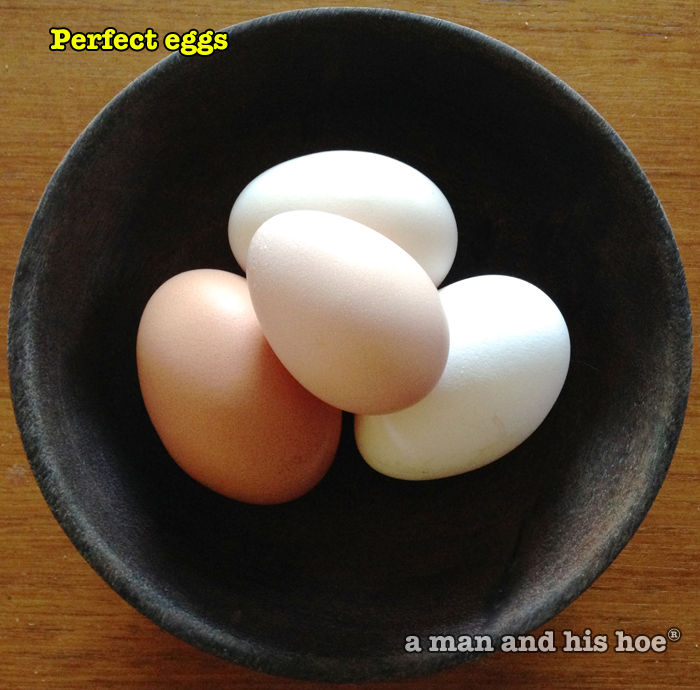
Perfect Eggs -
Japanese Chicken Varieties
The lack of varieties of chickens sold in supermarkets in the US is rather surprising. Some stores make distinctions between organic versus conventional, pastured versus broiler chickens, but rarely do you see a selection of a variety of chicken breeds on sale. The main distinction which is mostly emphasized is which chicken is the cheapest.
But, take a look at the way chicken is marketed and sold in Japan, and there is an astonishing variety of chicken breeds for sale. Here are just ten of these varieties.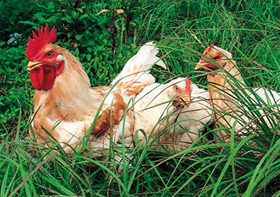
Banshu Hyakunichi Tori
Banshu Hyakunichi Tori is a pasture raised variety of White Cornish from Hyogo Prefecture.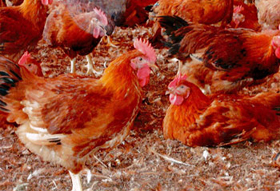
Bungo Akadori
Bungo Akadori is a Red Cornish and Rhode Island Red cross from Oita Prefecture in southern Japan.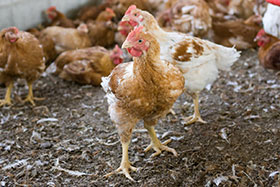
Fumoto Dori
Fumoto Dori is a red chicken from Saga Pefecture in southern Japan.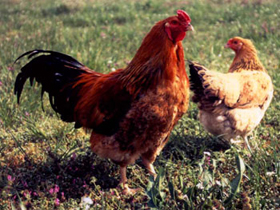
Hyogo Aji Dori
Hogo Aji Dori, which translates to Flavorful Chicken from Hyogo, is a cross between Satsuma and Nagoya varieties of chickens.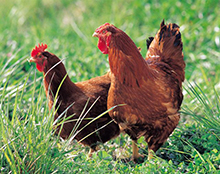
Mikawa Akadori
Mikawa Akadori is a cross between a Heavy Rhode Island and Rhode Island Red chicken from Aichi Prefecture in central Japan. It is a pastured chicken.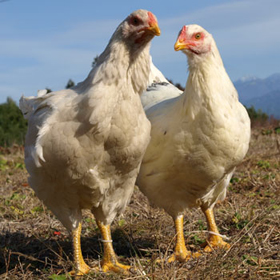
Minami Shinshu Jidori
Minami Shinshu Jidori is a pastured chicken from Nagano Prefecture in central Japan. It is known for its firm, tasty, juicy meat. Only a hundred of these chickens are produced a month.
Mituse Tori
Mitsuse Tori is a variety of chicken based on French breeds. It is raised in Saga Prefecture in southern Japan.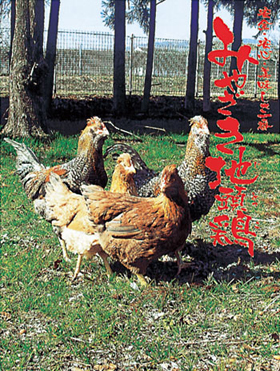
Miyazaki Jidokko
Miyazaki Jidokko is a chicken from Miyazki Prefecture in southern Japan. It is noted for not having the smell chicken meat has, having good texture and being very tasty.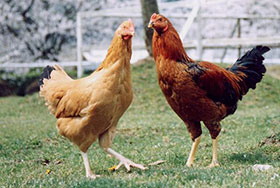
Yamato Niku Dori
Yamato Niku Dori is a pastured chicken from Nara Prefecture. It is known for keeping its shape even when stewed for a long time, and for its rich, sweet juices. Some 8,000 of them are produced each month.
Yasato Honaji Dori
Yasato Honaji Dori is from Ibaraki Prefecture in northern Japan. It is a pastured chicken, fed non-GMO feed, never given antibiotics or medications, and is fed the bacterial culture used to create a type of fermented bean. Supposedly this culture controls salmonella and e. coli 0-157.
These are just a few of the many varieties of chickens raised in Japan. Even though pages on this link are all in Japanese, Guide to Japanese Chickens, browsing through them you can get an idea of the great variety of chickens raised in Japan for the market. -
Six Week Old Chicks – A Long Way to Go
[wpvideo 0Z1b3JZl]
When you watch these small six week old chicks running around with their mother, it’s hard to imagine that many broiler chickens are six pounds and ready to be butchered by six weeks. How is that possible? What happens to a chicken when it grows to six pounds in sex weeks. What would happen to a human child if it grew to the size of a large adult in four years?
-
Sven a Swedish Flower Chicken
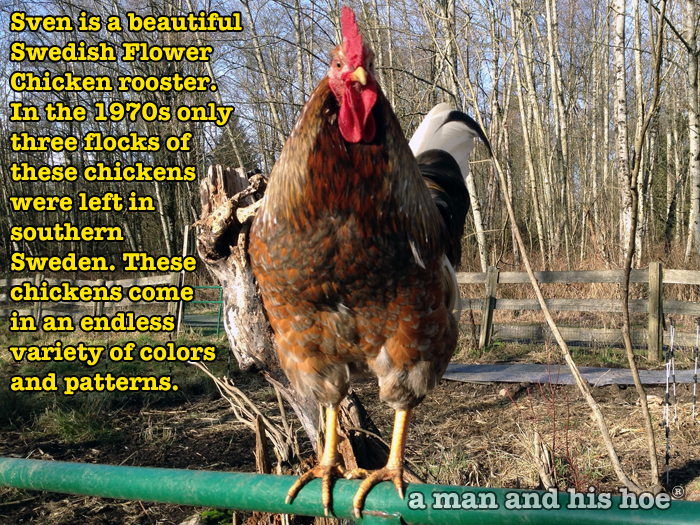
Sven, a Swedish Flower Chicken The Swedish Flower Chicken is a landrace chicken that developed in Sweden. Landrace is a breed which has developed over time by adapting to the natural and cultural environment in which it lives.
Swedish Flower Chickens are colorful birds. No two are alike. Here are some links to other places raising these incredible birds:
Do searches of “Swedish Flower Chickens” or “Skånska Blommehöns” and you’ll find many more stories and images of these wonderful chickens.
[wpvideo E7LUiQgC]
-
Each Chicken Is Unique

Each Chicken Is Unique

Each Chicken Is Unique Each chicken is unique. Each chicken has its own face, its own personality. You can see their personality develop as chicks. Among siblings, there are outgoing chicks, quiet ones, curious ones, timid ones. As they grow, their personalities develop and in some cases change. Have a flock of chickens and you’ll never have a boring day.